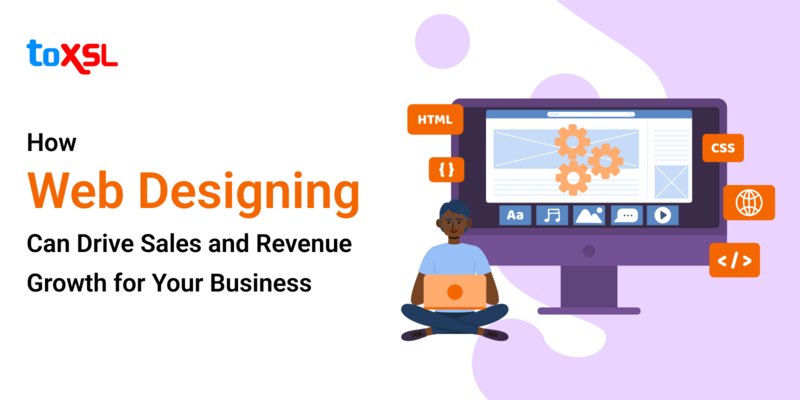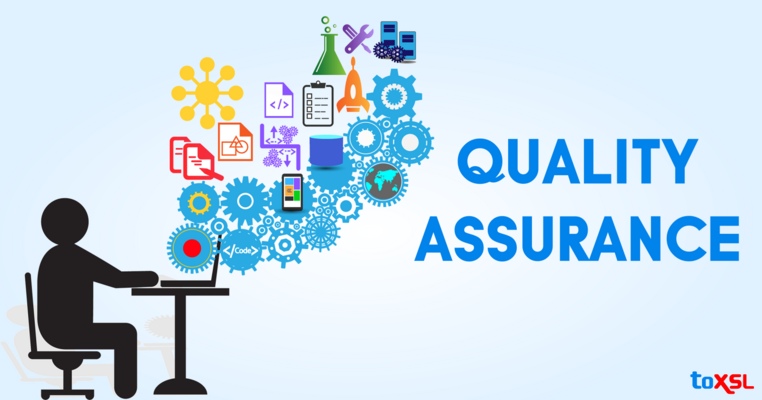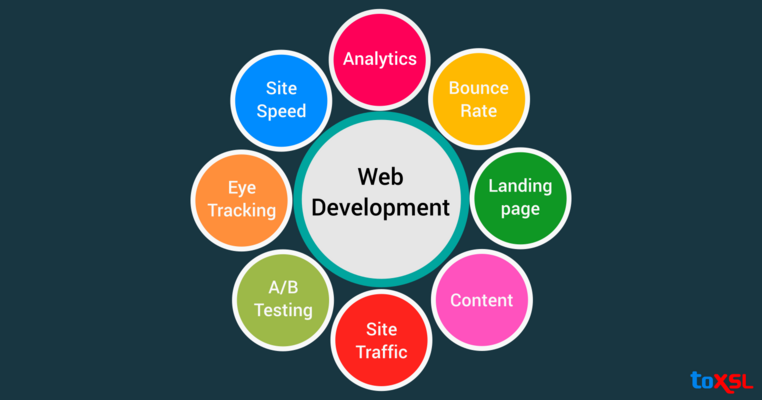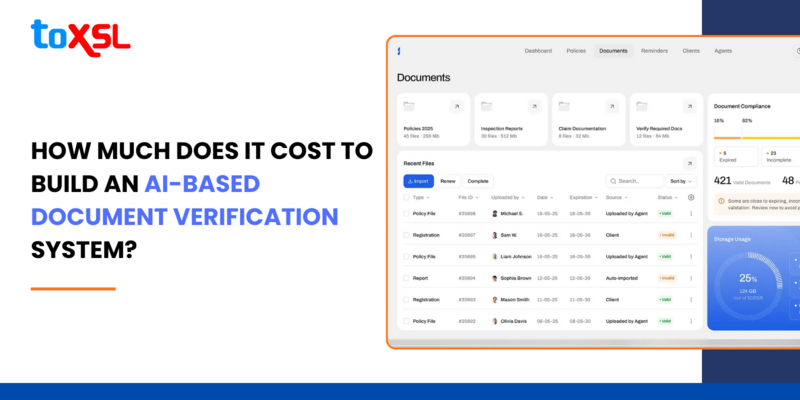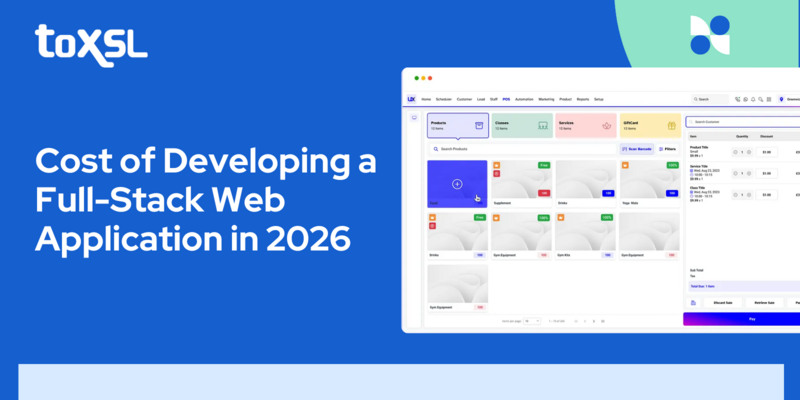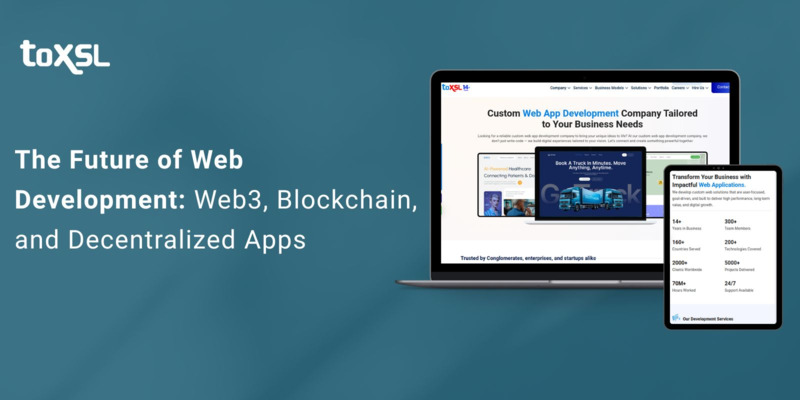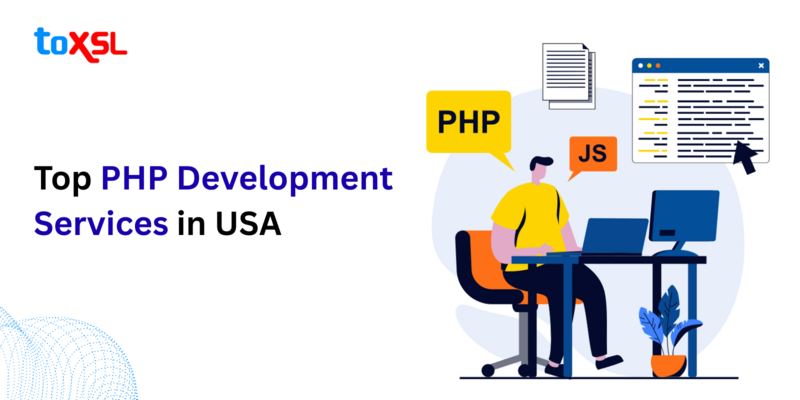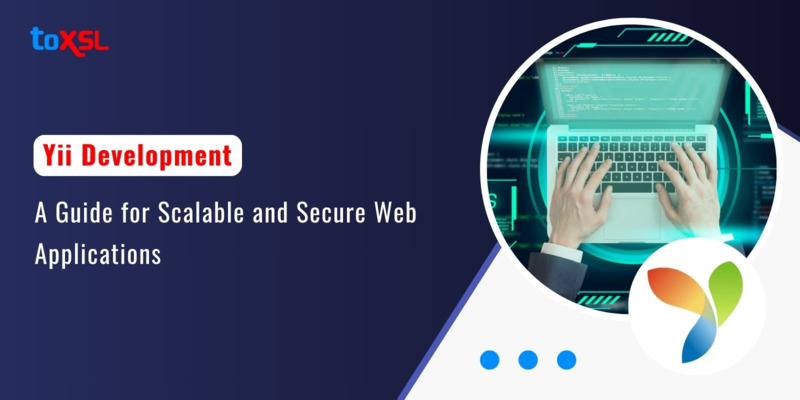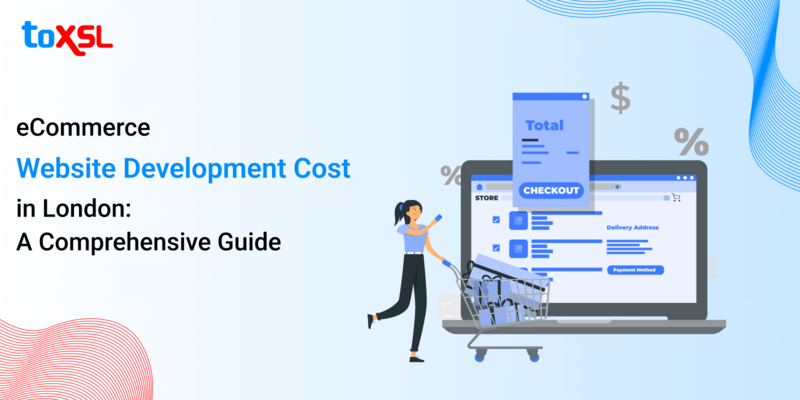- Nov 13, 2025
Share this post on:
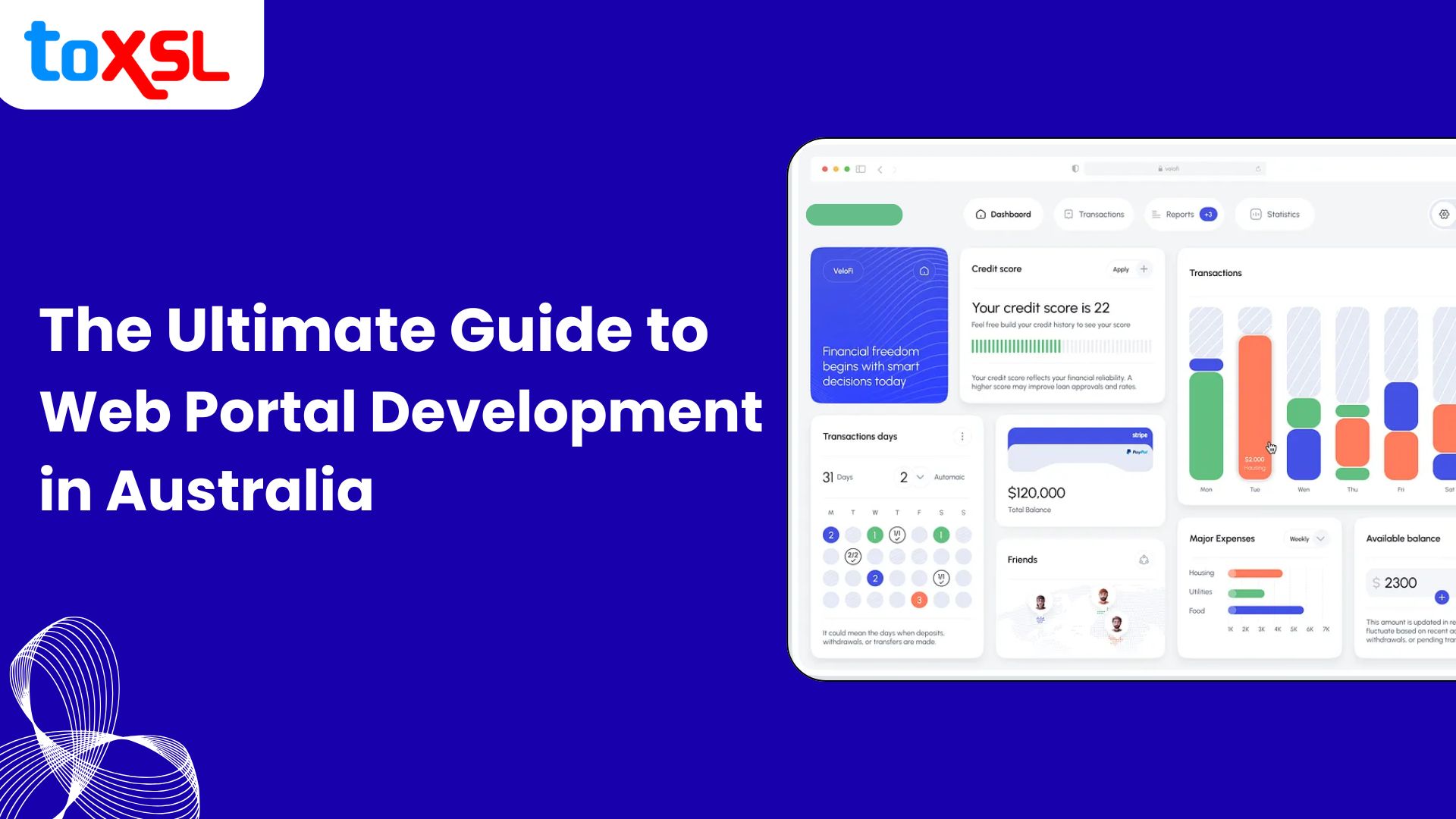
Exploring the growing landscape of web portal development in Australia reveals a dynamic digital transformation reshaping industries, governance, and community interactions. Have you ever wondered how Australian businesses and institutions harness web portals to streamline operations and enhance user engagement?
Key Takeaways:
- Web portals help centralize data and improve user engagement for Australian organizations.
- Development involves analysis, design, development, testing, deployment, and maintenance.
- Features, customization, security, and integrations influence cost and timeline.
- Crew web portals, planning portals, and CMS portals address specific business needs.
- Security and compliance with Australian laws are crucial throughout development
Top Reasons to Invest in Web Portal Development in Australia
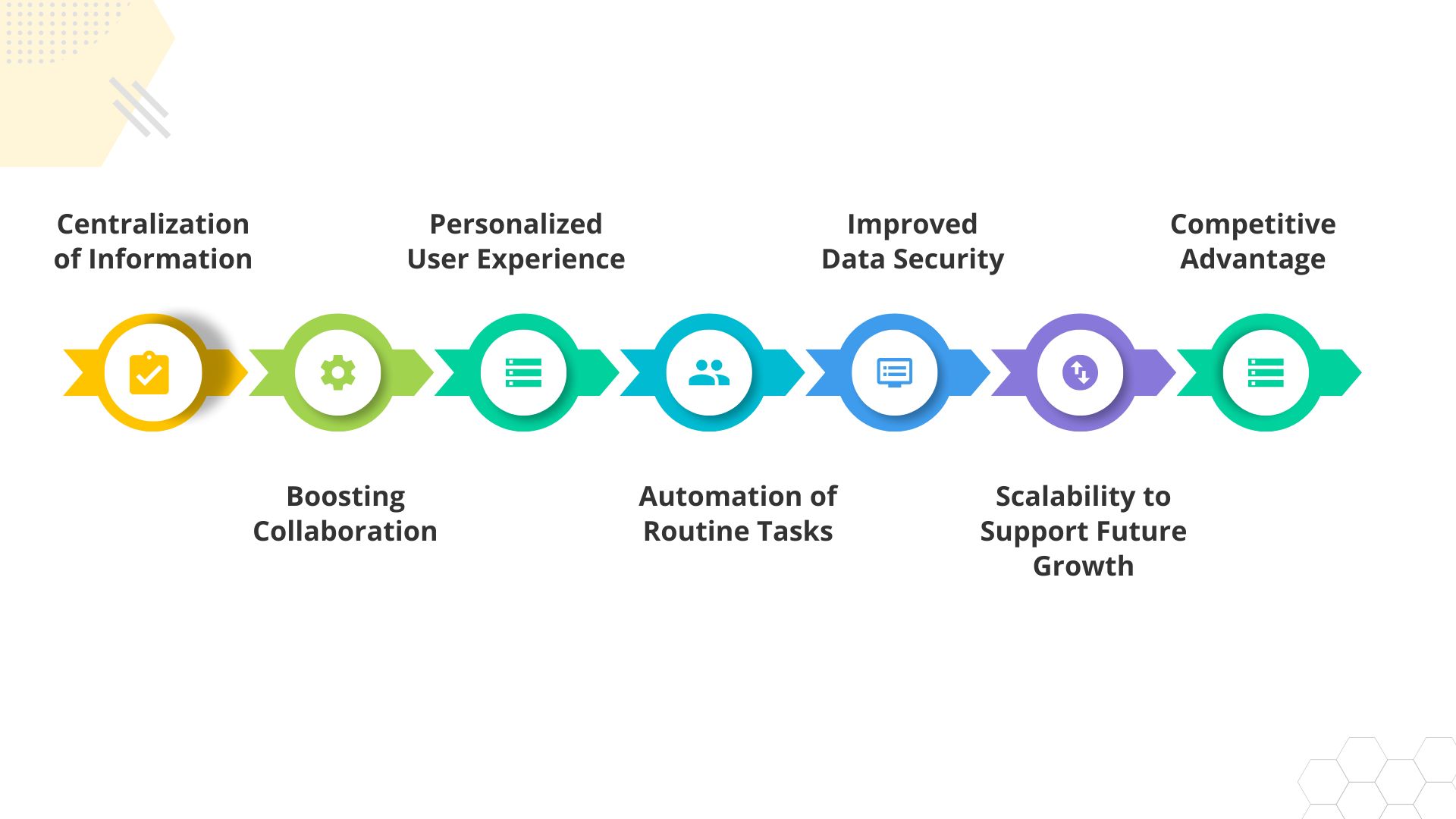
- Centralization of Information: One of the main drivers behind adopting web portal solutions is their power to unify disparate data and resources into a single, easily navigable platform. Whether it’s an office portal for corporate employees or a student portal for educational institutions, users benefit from having relevant information and tools at their fingertips without jumping across multiple systems. For businesses with branch offices across Australia, this centralization harmonizes workflows and avoids duplicated efforts.
- Boosting Collaboration: Australia’s work culture has seen a significant shift towards hybrid and remote modalities. Web portals support this by facilitating real-time collaboration through shared calendars, document repositories, messaging, and task assignments. These portals break down geographical barrier and foster teamwork among employees located in different cities or working from home, which is especially crucial for companies expanding or servicing clients nationwide.
- Personalized User Experience: Personalization is key to keeping users actively engaged with the platform. Web portals enable customization based on the user’s role and preferences, offering unique dashboards, alerts, and access to relevant features. For example, in student portal development, tailored views help students track courses, fees, grades, and deadlines quickly, improving their satisfaction and academic performance. Similarly, office portals can tailor workflows and notifications according to departmental needs.
- Automation of Routine Tasks: Manual processes such as leave approvals, attendance tracking, billing, report generation, and support ticket management can be time-consuming and prone to errors. By automating these workflows with web portals, organizations reduce administrative overhead and operational costs. This efficiency gain allows staff to focus on core strategic activities and innovation.
- Improved Data Security: With the rise in cyber threats, security is a primary consideration. Web portals developed with advanced authentication, encryption, and role-based access ensure sensitive information remains protected. For sectors like education and healthcare in Australia, complying with local data protection laws is essential, and custom web portals help enforce these compliance standards.
- Scalability to Support Future Growth: Web portals built on flexible, modern architectures allow Australian businesses to scale their operations seamlessly. As organizations grow or add new services, the portal can integrate additional modules, third-party APIs, or mobile applications without rebuilding from scratch, protecting the initial investment.
- Competitive Advantage: Finally, enterprises and educational institutions that deploy effective web portal solutions demonstrate technological leadership. They provide superior service accessibility, foster better engagement, and exhibit operational readiness, all factors that improve reputation and attract customers or students over competitors. By investing in web portal development, Australian organizations empower themselves with a future-ready platform that streamlines communication, improves productivity, and elevates the overall user experience, ultimately driving sustained success.
Comprehensive Steps Involved in Web Portal Development Services
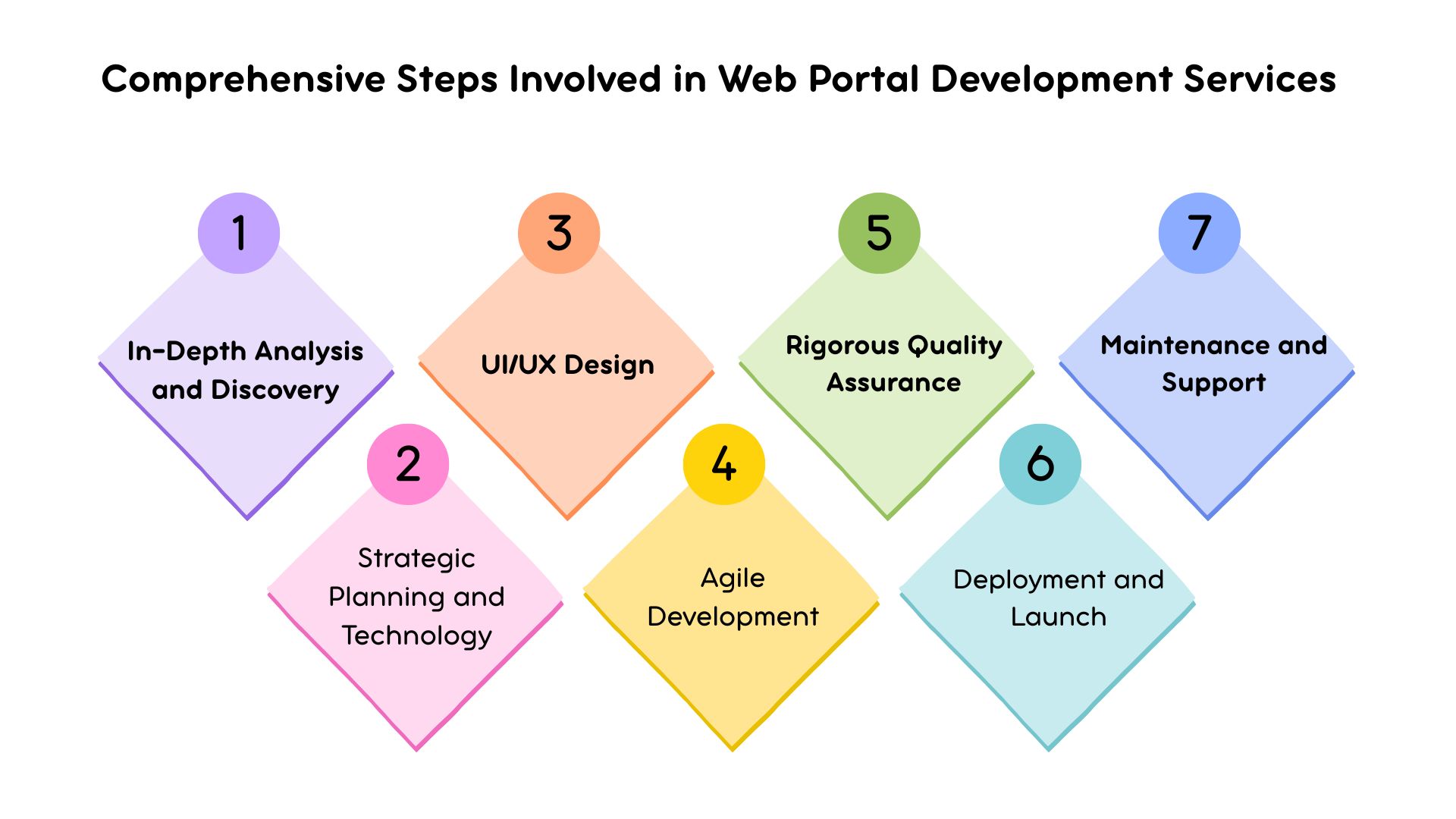
- In-Depth Analysis and Discovery: The foundation of any successful web portal lies in thoroughly understanding the unique needs of the organization along with its end users. This stage involves collaborative workshops, interviews, and research with stakeholders such as business managers, IT teams, end users, and compliance officers. The objective is to specify the portal’s key functionalities—whether developing an office web portal focused on document management or a student portal designed to facilitate course registration and academic tracking.
- Strategic Planning and Technology: Post requirement gathering, the project enters the planning phase, where timelines, resources, and milestones are defined. Equally important is the careful evaluation and selection of the appropriate technology stack. Choices between front-end frameworks like React.js or Angular, server-side platforms such as Node.js, .NET, or Java, and database systems like MySQL or MongoDB depend on the desired scalability, security, and maintenance expectations.
- UI/UX Design: Design is not just about aesthetics but optimizing usability and accessibility for diverse user groups. UX designers develop wireframes and flowcharts mapping the user journeys for different roles and scenarios. UI designers then develop high-fidelity mockups incorporating brand colors, typography, and intuitive navigation structures that adapt responsively to desktops, tablets, and smartphones—key for Australian users on the go.
- Agile Development: Web portal development proceeds with iterative coding cycles, typically following Agile methodologies to facilitate adaptability and continuous improvement. Developers build and integrate front-end interfaces with backend logic incrementally, ensuring basic features are operational before moving on to complex modules. Critical functionalities include secure user authentication, dynamic content management, role-based access control, and integration with third-party APIs.
- Rigorous Quality Assurance: Before launch, exhaustive testing is conducted to guarantee the portal’s reliability, security, and performance under real-world conditions. Functional testing ensures each feature operates as intended, usability testing validates user workflows, and compatibility testing confirms consistent behavior across browsers and devices. Security audits test vulnerability to threats such as SQL injection or cross-site scripting.
- Deployment and Launch: Once the portal passes all quality checks, it is deployed to a live production environment. This includes setting up hosting configurations, domain registration, SSL certification for secure data transmission, DNS management, and backup systems to protect against data loss. Deployment strategies may also involve phased rollouts or beta launches to select user groups, allowing further refinement based on actual usage patterns.
- Maintenance and Support: Providing ongoing maintenance services is essential to keep the portal secure against emerging threats, patch bugs, and optimize performance. Support teams monitor uptime, resolve user issues promptly, and gather analytics to understand user behavior. As organizations grow, web portals require periodic upgrades to add new features and integrate emerging technologies.
Must-have Features in Web Portal Development
- Interactive Homepage and Dashboard: The homepage should be clean, interactive, and provide a dashboard recap highlighting important news, tasks, or notifications for quick access and user engagement. Dashboards may also allow task categorization and status updates, such as marking tasks complete.
- User Personalization: Portals should offer customization options allowing users to adjust themes, layouts, and receive personalized content recommendations, making the experience more relevant and engaging.
- Easy Access to Information and Robust Search: A simple and uncluttered design with accordion-style content organization is vital for fast access. Search functionality must be powerful, providing keyword search, advanced filters, auto-complete suggestions, and delivering accurate results efficiently.
- Security and User Management: Secure login protocols, including two-factor authentication, role-based access control, and user activity logs, are essential to protect sensitive information while facilitating appropriate user access.
- Mobile Responsiveness and Cross-Device Compatibility: The portal must display and function well on desktops, tablets, and smartphones to provide a consistent and optimized user experience.
- Seamless Integration: Integration with other systems and services, such as CRM, ERP, payment gateways, and communication tools, ensures users can access multiple functionalities without leaving the portal environment.
- Self-Service Tools and Collaboration: Features like FAQs, knowledge bases, real-time notifications, messaging systems, discussion forums, and collaboration tools empower users and enhance engagement.
- Content Management and Analytics: A robust content management system allows easy updating and organization of portal content. Analytics and reporting features provide insights into user behavior and portal performance, enabling continuous improvement.
- Scalable Architecture and Cloud Readiness: The portal should be scalable for future growth and cloud-ready to ensure accessibility, security, and high performance.
- AI Enhancements: AI capabilities can improve user experience by suggesting relevant content, automating repetitive tasks, and assisting decision-making.
Cost of Web Portal Development
Project Type | Typical Features | Estimated Cost Range (AUD) | Ideal For | Development Timeframe |
|---|---|---|---|---|
Basic Web Portal | Simple UI, basic user roles, minimal integrations | 10,000 – 30,000 AUD | Small businesses, startups | 1 – 3 months |
Medium Complexity Portal | Multi-role access, CRM/ERP integration, responsive | 30,000 – 70,000 AUD | Mid-sized companies, universities | 3 – 6 months |
Enterprise-Grade Portal | Advanced workflows, AI features, multi-language | 70,000+ AUD | Large enterprises, government agencies | 6 – 12+ months |
Factors Affecting the Cost of Web Portal Development in Australia
The cost of developing a web portal is shaped by a variety of interrelated factors. These elements, while often interdependent, can substantially impact both the overall budget and timeline for the project. Key contributors include:
1. Scope and Features: The breadth and complexity of a portal directly correlate to its cost. More advanced portals that integrate sophisticated features such as secure payment gateways, customer relationship management (CRM) systems, or AI-driven personalization demand significantly higher investment. Each additional layer of functionality requires more time, expertise, and resources, which collectively increase the overall cost.
2. Customization vs. Off-the-Shelf Solutions: The degree of customization needed plays a pivotal role in determining the project's cost. While off-the-shelf solutions may be more affordable, bespoke, fully customized portals tailored to specific workflows, user needs, and business models require substantial development effort and time, driving up costs. These portals also often involve ongoing maintenance and updates to ensure they continue to meet evolving requirements.
3. Technology Stack: The choice of programming languages, frameworks, and databases has a direct impact on both the development process and future scalability. Cutting-edge technologies or highly specialized frameworks may offer more robust solutions but come with higher initial costs due to the expertise required and the resources needed for development, testing, and deployment. Additionally, these technologies may influence ongoing hosting and infrastructure costs.
4. Design Complexity: The complexity of the design and user interface (UI) is another crucial factor. Portals that demand high levels of interactivity, a rich visual experience, or a responsive design for mobile and desktop environments require significantly more time and resources to develop. Such portals also demand rigorous testing to ensure functionality across diverse platforms, further driving up costs.
5. Security Requirements: Security is of paramount importance, especially in cases where sensitive data (e.g., personal, financial, or student information) is involved. Portals handling confidential information require advanced security measures, such as robust encryption protocols, multi-factor authentication (MFA), compliance with regulatory standards (e.g., GDPR, HIPAA), and regular security audits. These stringent requirements often add considerable expense to the development process.
6. Third-Party Integrations: Integration with existing business systems—such as enterprise resource planning (ERP) tools, customer relationship management (CRM) systems, or payment processing platforms—can complicate the development process. Each third-party integration requires additional time for customization, testing, and ensuring seamless interoperability, which can significantly increase both initial development costs and long-term maintenance needs.
7. Development Team Location: The geographical location of the development team plays a significant role in the overall cost structure. Hiring local developers in Australia, where labor costs are relatively high, can raise the cost of the project. In contrast, outsourcing to offshore teams may offer more cost-effective solutions, but this often comes with trade-offs in terms of time zone differences, communication challenges, and potential quality control concerns.
8. Ongoing Maintenance and Support: Once the portal is live, ongoing maintenance, bug fixes, performance optimization, and periodic updates are essential to ensure its smooth operation. These services may be billed separately from the initial development, contributing to the long-term financial commitment. Furthermore, the need for continuous updates to adapt to new technologies or evolving security standards can increase the total cost over time.
Conclusion
A Crew Web Portal is a specialized platform designed to manage teams, schedules, and communications effectively. It streamlines workforce management by providing real-time updates, attendance tracking, and task assignments. Organizations in industries such as construction, logistics, or event management in Australia can improve coordination and productivity by implementing a customized crew web portal.
A Planning Portal centralizes project planning, resource allocation, and progress tracking into a single interface. It facilitates better collaboration between departments by providing shared timelines, task lists, and communication channels. Businesses using planning portals benefit from improved transparency, reduced delays, and optimized resource utilization.
Yes, a CMS (Content Management System) Portal can be seamlessly integrated with existing websites, ERP systems, or CRM platforms. This integration allows organizations to manage content efficiently while maintaining consistent data synchronization across platforms. Australian businesses leverage CMS portals to simplify content updates and enhance user engagement.
Key features include secure login, role-based access, shift scheduling, attendance monitoring, task management, and real-time notifications. Additional integrations with payroll or communication tools can further boost operational efficiency.


